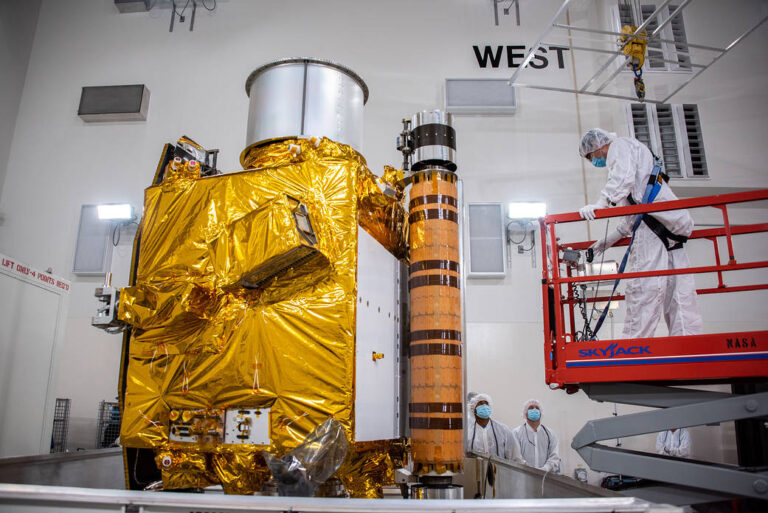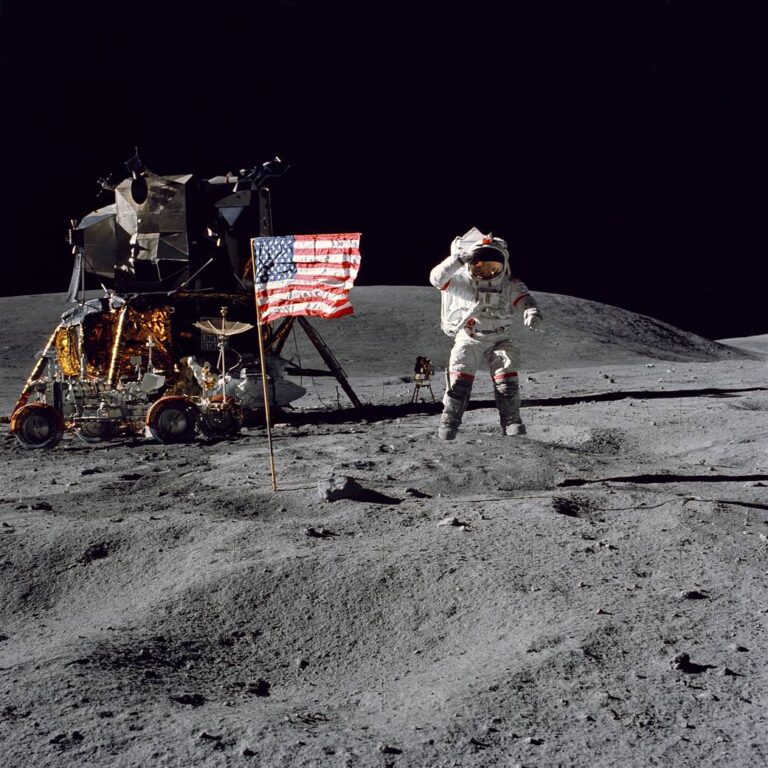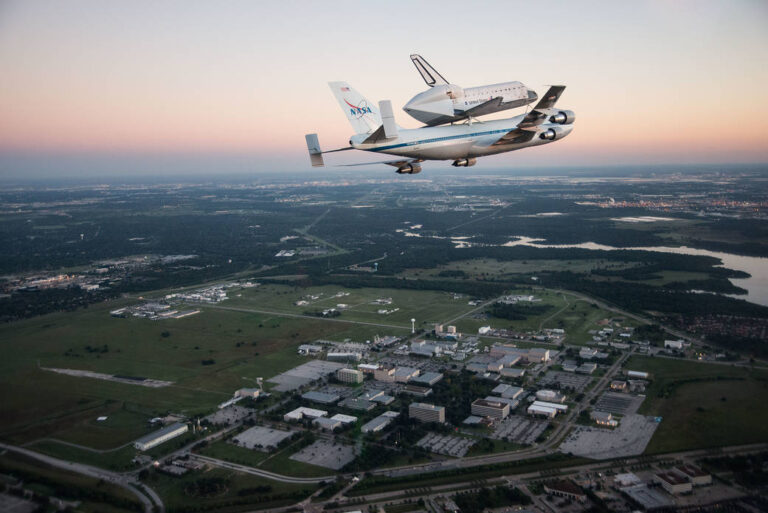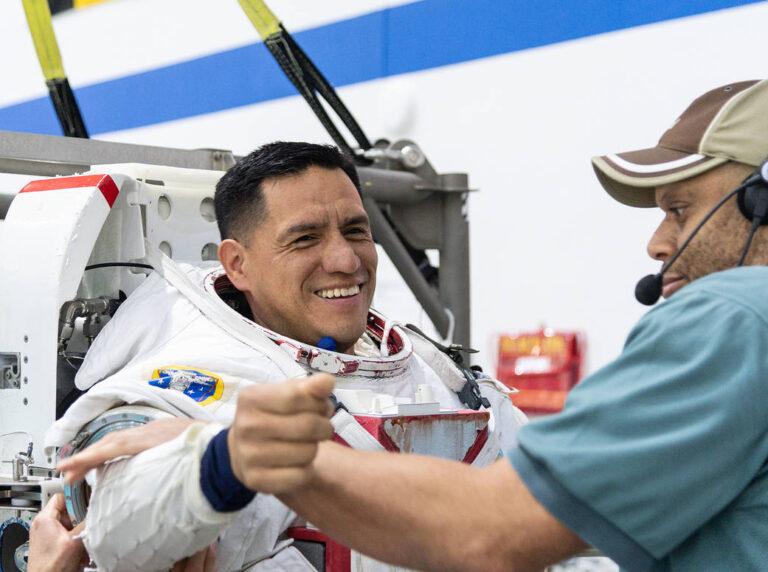来自瑟琳娜·奥南-钱塞勒的固体科学
Astronaut Serena Auñón-Chancellor installs samples for the Microgravity Investigation of Cement Solidification (MICS) experiment aboard the International Space Station (ISS) in this image from Nov. 27, 2018. MICS explored how cement solidified in microgravity, important research for constructing safe space habitats on the Moon or Mars and for improving cement processing on Earth. Dr. Auñón-Chancellor was selected in July 2009 as one of 14 members of the 20th NASA astronaut class. During Astronaut Candidate Training, she spent 2 months in Antarctica from 2010 to 2011 searching for meteorites as part of the Antarctic Search for Meteorites expedition. Most of that time was spent living on the ice 200 nautical miles from the South Pole. Her first flight was to the ISS, where she logged 197…










